Big wave training guide
 Ryan Huxley sets out a regime to help you tackle big wave surfing.
Ryan Huxley sets out a regime to help you tackle big wave surfing.
I returned to the Byron shire from my Surfbodysoul New Zealand trip to an inundation of fresh east ground swell. Southeast winds ensured the Bay was super fun, and equally population dense. After 2 days of chaotic bliss my good mate Tom, girlfriend Alycia and I decided a short drive south was necessary for crowd escapism. A fickle point delicately positioned between a national park and small coastal dwelling was our surf operation hotspot.
Upon arrival I realised Tom’s fin key was inadequate in diameter to fix my futures in place. Both he and Alycia happily disappeared down the trail to the point, relegating me to a desperate treasure hunt for a replacement fin key. Luckily a gristly old seadog came to my rescue and before I knew it I was staring at a mound of whitewater stretching around the remote rocky headland. My first thoughts were ‘I hope Tom didn’t paddle my girlfriend out into that mess; she’s going to drown’. Now for female readers eager to place me next to Tony Abbott as a branded misogynist, Alycia has been sliding for a grand total of 2 years, hence my trepidation with an equation involving her and double overhead waves. Sure enough Tom had indeed placed hedonistic pleasure before the safety of others (as to be fair I would have done) as I noticed two heads bobbing on the bumpy horizon.
The rock access jump conjured up memories of surfing Moroccan reef slabs, where one poor judgement call renders you victim too an oceanic blender with potentially dire consequences. Anyway to cut a long story short we all enjoyed double overhead waves to ourselves, amidst a ruggedly beautiful coastal heath and sandstone backdrop. Surfing larger waves brings us to today’s topic: Practical Surfbodysoul training methods to tackle the oceans fury. With average swells and northerly winds summer is the perfect time to build your strength endurance, lung capacity, and flexibility to tackle big waves. Below I have outlined three techniques to help you achieve just this.
Technique 1: Diaphragmatic Breathing
This is a Yoga breathing technique or ‘Pranayama’. This technique increases the elasticity and strength of the diaphragm, our major involuntary breathing muscle. This allows you to circulate and store more oxygen in your lungs, for greater periods of time. This is advantageous in the inevitable event of big wave hold-downs. It also creates other health benefits for us including:
Increased mental acuity and concentration
Enhanced ability to meditate and operate in the present, extremely beneficial for surfers
Increased oxygen saturation to muscles and vital organs, improving physical function and performance in and out of the water
Now lets explore how to complete the technique:
The simplest way to develop this technique is to practice in relaxation posture whilst lying on your back, so lets move through this step by step:
Commence lying on your back, let the legs relax and rotate outwards. Feel the shoulders, jaw and face soften.
To begin breathe abdominally for five or six rounds, allowing the lower abdomen to relax and protrude during inhalation and to drop back towards the floor during exhalation.
Then to create the diaphragmatic breathing, hold enough muscle tone in the abdominal muscles as you inhale to prevent the lower abdomen from moving upwards.
You can feel what happens next. Because the lower abdomen is flat the diaphragm must work to lift and expand the ribcage. This draws air into the lungs and in the process expands the upper abdomen, as opposed to the lower in ‘Supine Abdominal Breathing’.
Gradually build your tolerance for this breathing exercise. For example start with a 4 second inhale and 4 second exhale, repeat 10 times, 3 sets. You can then build this period to 10 + seconds.
Be careful with this exercise. Start small and gradually build your tolerance.
Technique 2: Specific Paddle & Breath Hold Training
Specificity is everything: The cornerstone of modern sports science is to recreate the exact motor pattern you are trying to improve and find a way to overload it, often referred to as sports specific training. Lets examine how to apply this principle too big wave surfing training:
Start at one end of your local beach. Complete a Surfbodysoul warm up sequence, then paddle beyond the breaking zone. To warm up further spend 5 minutes gradually paddling parallel to the beach (along it).
Now paddle at 75-100% intensity for 2 minutes, slide of your board with leg rope attached and swim underwater for as long as you can. Jump on your board and repeat without rest 5 times. Rest for 2 minutes and repeat this cycle 3 times.
Now paddle to the beach, jog back to your starting point and complete some gentle cool down stretches.
Technique 3: Prone Hold Leg Lift

Core surf
This is a core strength exercise included in my Surfbodysoul client Anthony Walsh, Fergal Smith’s and Paul Morgan’s programs. It is great to strengthen the deep abdominal and spinal muscles simultaneously, providing support for your lower back in bigger surf, and increasing power for your surfing:
Start in a 4-point kneeling position (on your hand and knees). Engage your abdominals by tucking your belly button in towards your spine.
Place your elbows directly below your shoulders, tuck your toes under and raise the knees off the floor into a prone hold position. Tuck your chin in, draw the shoulders away from the ears, and keep your abdominals activated at 100%. Your back should be flat, avoid arching the lower back.
Exhale to activate your right buttock cheek and raise your straight right leg off the floor too hip height. It is essential that the hips are square and the lower back remains strong and flat, not arching. Keep your belly button tucking in towards the spine at 100%.
Inhale return the right leg to the floor, exhale repeat on your left leg.
Repeat 5-10 times on each leg depending on your level of strength.
NOTE: If you feel any lower back pain during the completion of this exercise stop immediately.
Add these three training techniques to your regular summer program and surf big on the next sizeable bump on the horizon. I look forward to seeing you on the mat, or in the water!
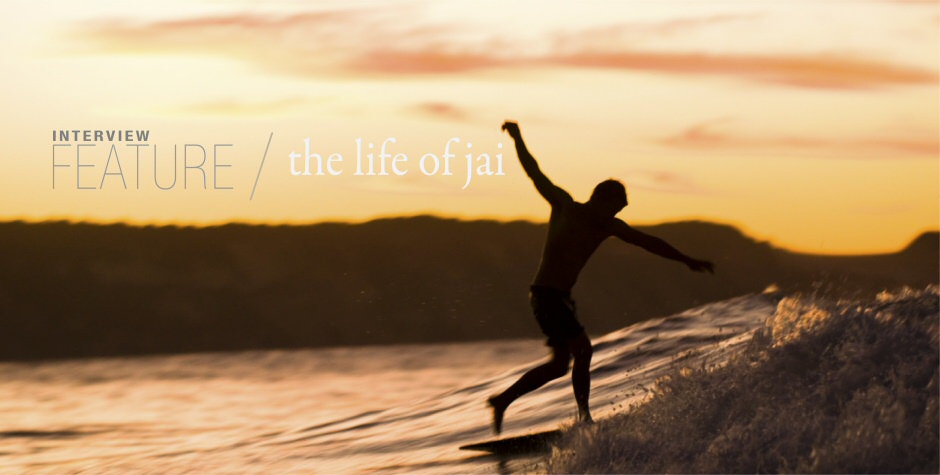

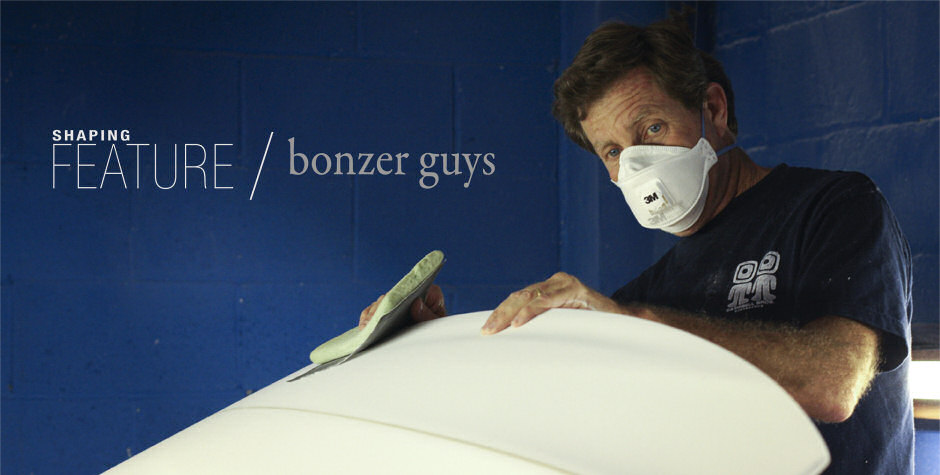
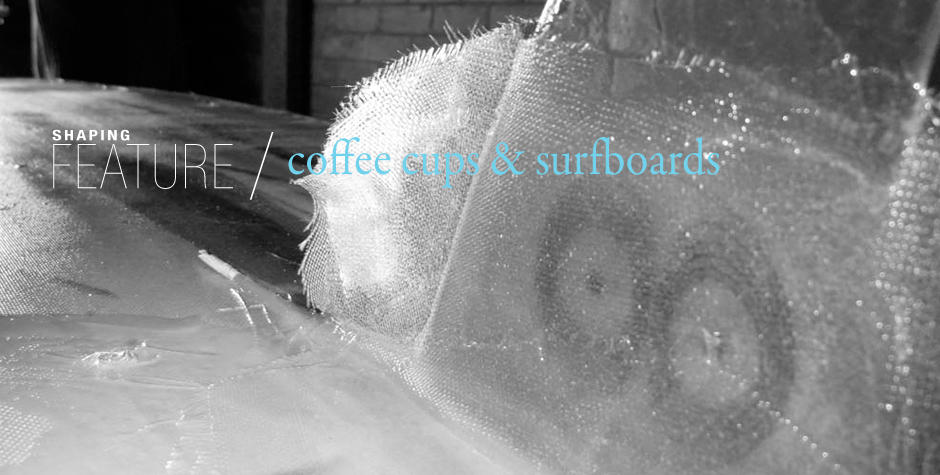
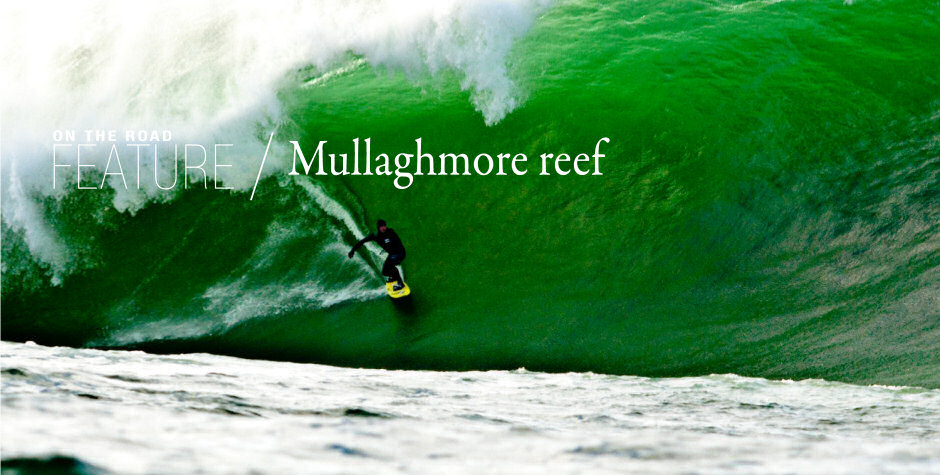
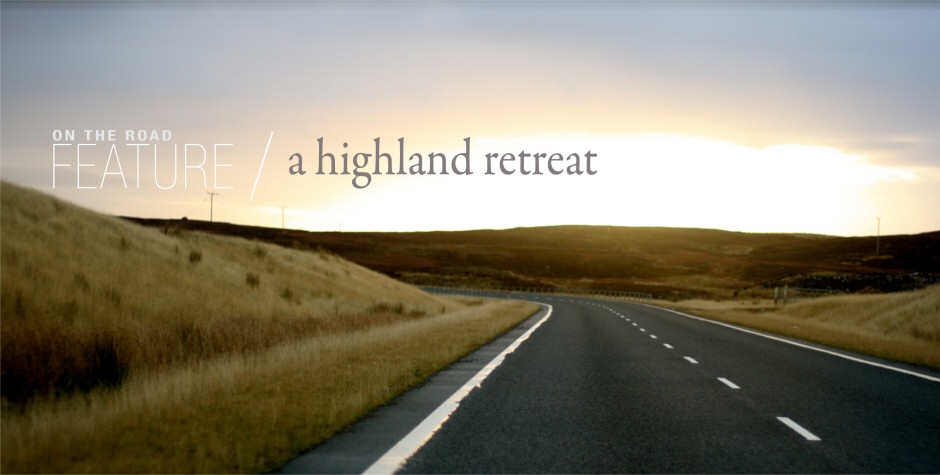



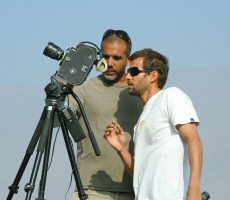

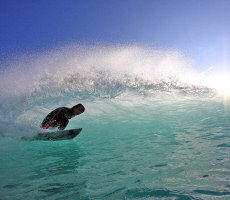
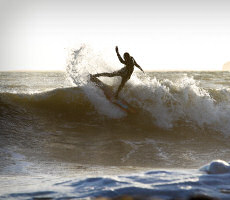
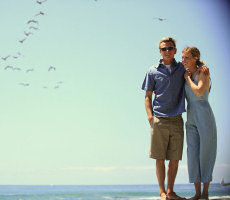
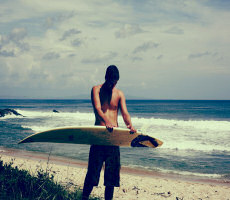

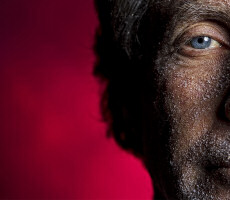
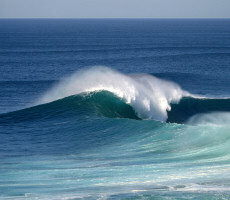

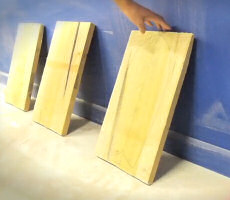
Algunos tips de entrenamiento para mis amiga@s de olas grandes.
1